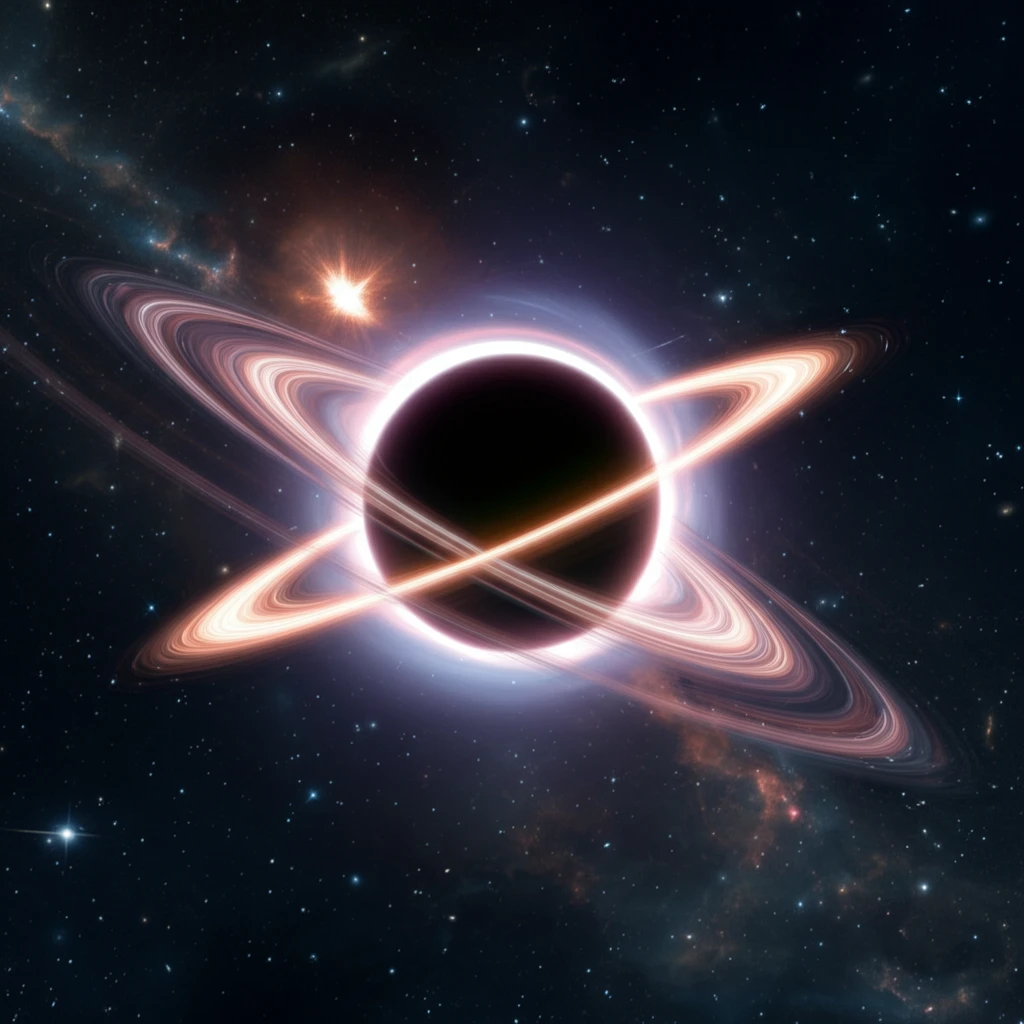
Unlocking the Cosmos: How New Theories of Gravity Could Rewrite Our Understanding of Black Holes and Binary Stars
"Dive into the groundbreaking Einstein-Æther theory and discover how it challenges general relativity, offering new insights into gravitational waves and the extreme behaviors of binary star systems."
The era of gravitational wave astronomy has dawned, thanks to the advanced Laser Interferometer Gravitational-Wave Observatory (aLIGO). These groundbreaking detections have not only confirmed the existence of gravitational radiation from coalescing compact binaries but have also opened a new window into the universe's most extreme gravitational environments. The subtle ripples in spacetime carry information about the orbital evolution of these binaries, making their observation a prime target for testing the limits of our current understanding of gravity.
Einstein-Æther theory (Æ-theory) emerges as a compelling framework for these tests. It dares to challenge one of general relativity's most fundamental principles: local Lorentz invariance. This challenge is mounted through the introduction of a unit timelike vector field, the 'æther field,' which interacts non-minimally with the metric tensor. This interaction sparks the activation and propagation of scalar, vectorial, and tensorial metric perturbations within compact binary systems, offering a richer, more complex gravitational landscape.
While recent gravitational wave observations have stringently constrained the speed at which tensor modes propagate, they remain silent on the other modes. These other modes are currently only weakly constrained by observations within our solar system and from binary pulsars. The key to unlocking further insights lies in constructing detailed gravitational wave models within Æ-theory, which necessitates a deeper understanding of coalescing binaries and their behavior. During their inspiral phase, these binaries trace trajectories that can be modeled as a series of oscillating Keplerian orbits, their paths gradually altered by the emission of gravitational waves. This process occurs within the post-Newtonian (PN) approximation, where changes in the semimajor axis and orbital eccentricity are governed by the rate at which the binary loses orbital energy and angular momentum. Æ-theory proposes modifications to these rates, attributing them to the activation of scalar and vectorial tensor perturbations that carry energy and angular momentum away from the binary. These subtle alterations can then influence the chirping rate of gravitational waves, imprinting a unique signature onto the GW phase. If this signature is absent from observational data, it could serve as a powerful tool to constrain the theory.
Angular Momentum Loss in Einstein-Æther Theory: A Deep Dive

A pivotal aspect of understanding binary systems within Æ-theory involves studying the rates at which these systems lose energy and angular momentum, particularly when they exhibit eccentricity. This is key to determining how the semimajor axis and orbital eccentricity decay due to gravitational wave emission. First, the gravitational wave stress-energy pseudotensor (SET) is calculated. This is done by expanding the field equations to the second order in perturbations around a flat background.
- Computing the gravitational wave stress-energy pseudotensor (SET).
- Calculating energy and angular momentum flux.
- Applying a multipolar expansion of the fields.
- Using a Keplerian parametrization.
Implications and Future Directions
These results can be used in various ways, including constructing a leading-order GR deviation model for the GWs emitted during the inspiral of eccentric compact binaries. These findings pave the way for interesting constraints on Æ-theory using future GW observations from advanced LIGO, third-generation GW detectors, or space-based detectors. Another avenue for future work is to revisit strong-field sensitivity calculations and recompute binary pulsar constraints, considering recent tensor propagation speed constraints. The angular momentum flux calculations presented here can be extended to binary pulsars with varying eccentricities, enriching our understanding of gravitational interactions.
